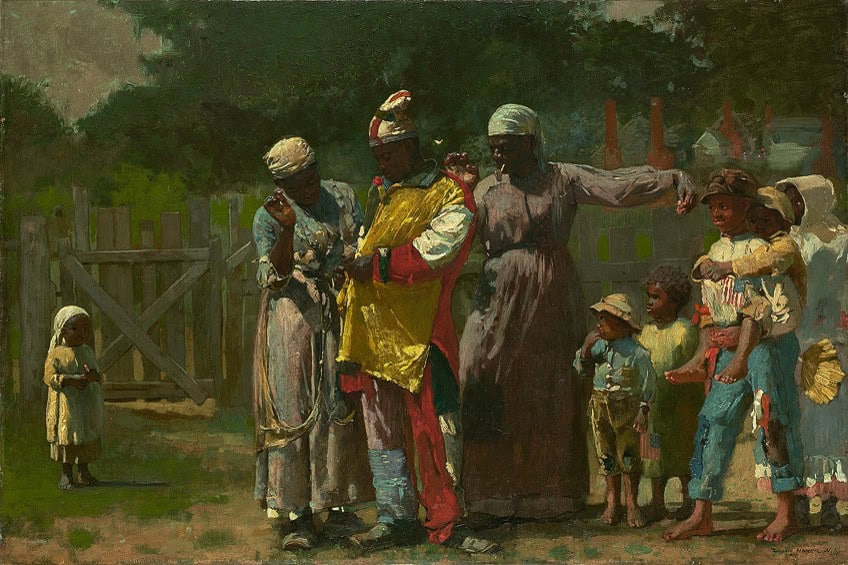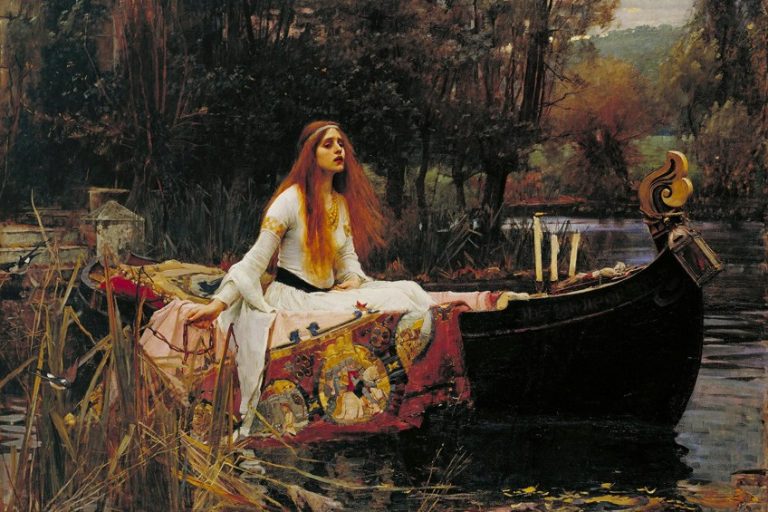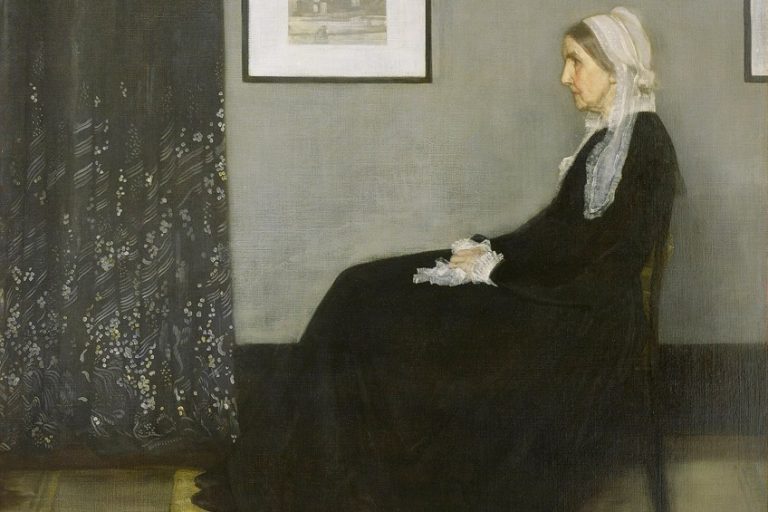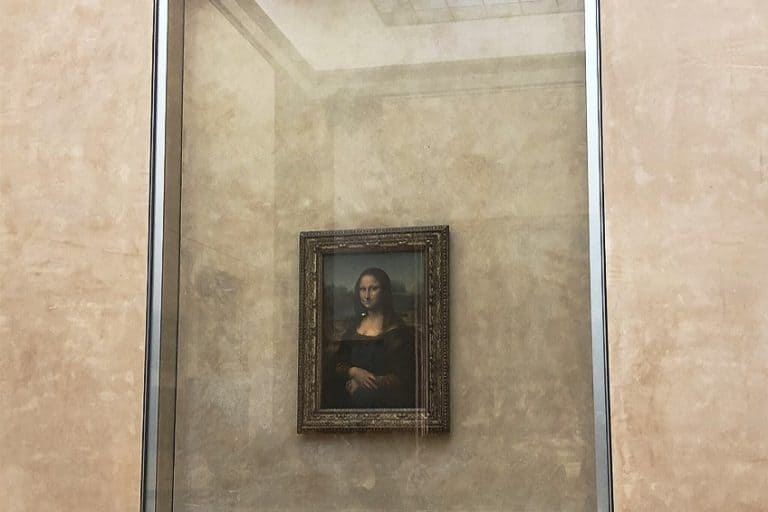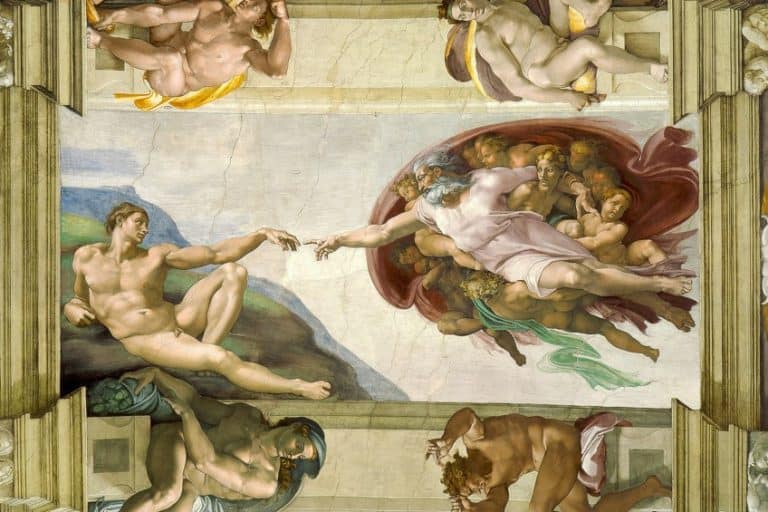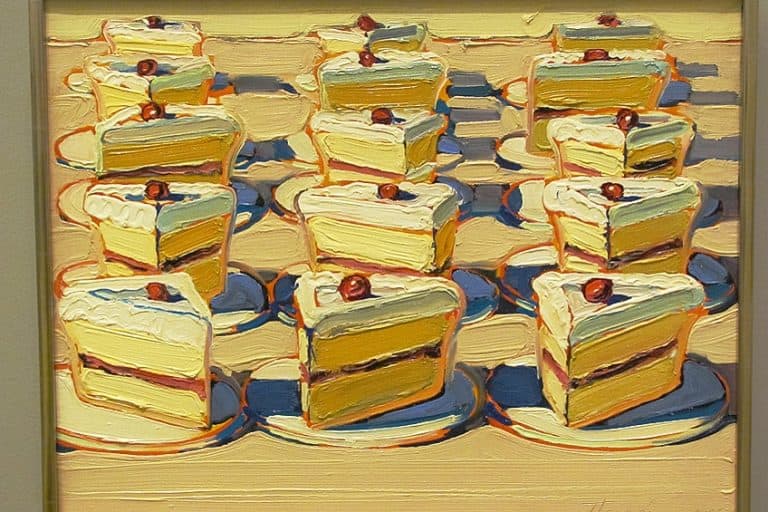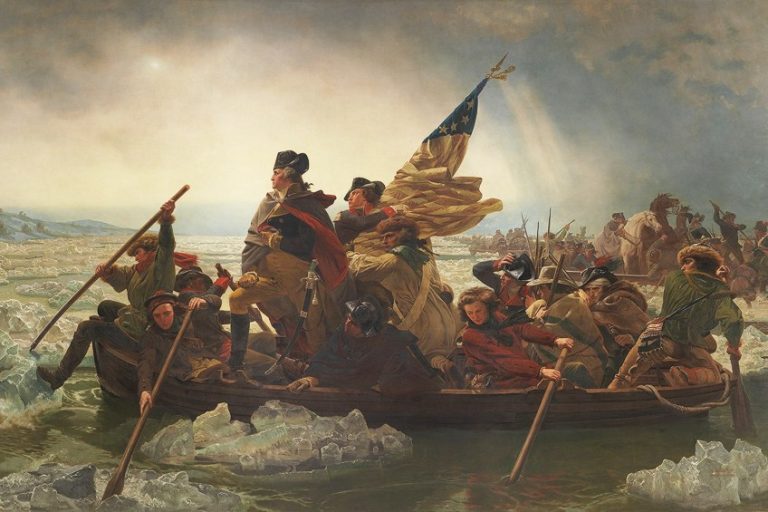“Dressing for the Carnival” by Winslow Homer – An Analysis
Dressing for the Carnival, painted by Winslow Homer in 1877, is a captivating portrayal of post-Civil War African American life. Known for his keen observational skills and ability to capture the essence of American culture, Homer presents a vibrant scene set in the rural South. The painting depicts a group of African Americans preparing for a local festival, dressing in colorful and elaborate costumes. Through meticulous detail and rich, vivid colors, Homer not only captures the joyous anticipation of the event but also subtly comments on themes of identity, freedom, and cultural expression during a time of significant social change. This work stands as a poignant example of Homer’s genre paintings and his sensitivity to the complexities of American life during the Reconstruction era.
Key Takeaways
- Dressing for the Carnival was painted by Winslow Homer in 1877.
- The painting authentically portrays African American cultural traditions during Reconstruction.
- Homer’s work is notable for its respectful and detailed depiction of his subjects.
Winslow Homer: Life and Artistic Career
| Artist | Winslow Homer (1836 – 1910) |
|---|---|
| Date Created | 1877 |
| Medium | Oil on canvas |
| Genre | Genre painting |
| Period/Movement | American Realism |
| Dimensions (cm) | 50.8 × 76.2 |
| Series/Versions | Single version |
| Where Is It Housed? | The Metropolitan Museum of Art, New York City, United States |
| What It Is Worth | Not publicly auctioned; significant cultural and historical value |
Dressing for the Carnival, painted by Winslow Homer in 1877, captures a unique moment in American art history. Homer’s work, especially evident in this piece, highlights the lives of African Americans with an uncommon respect and depth for the era. During a time when stereotypes and caricatures were common, Homer’s portrayal stands out for its authenticity.
The painting shows an African American man preparing for a carnival. This event is rooted in the Jonkonnu tradition, a festive Christmas celebration characterized by costumes and dance.

Homer’s depiction avoids the negative stereotypes that were often used to depict African Americans during the Reconstruction period, offering instead a glimpse into their rich cultural traditions and resilience. Winslow Homer’s artistic career was marked by his keen observation of everyday life and his ability to convey powerful narratives through his art. Dressing for the Carnival is a testament to his commitment to social themes and his sensitivity towards his subjects, making it a compelling work for both art enthusiasts and history buffs.
Early Years and Civil War Influence
Winslow Homer was born on February 24, 1836, in Boston, Massachusetts. Growing up in a creative environment, Homer started as an apprentice in a lithography shop. This early experience honed his skills in drawing and illustration.
During the American Civil War, Homer served as an illustrator for Harper’s Weekly. He captured vivid wartime scenes which brought him recognition.
The war profoundly impacted his subject matter, leading him to focus on themes of struggle and resilience in his later works. After the war, Homer returned to his studio, where he transitioned from illustrations to oil paintings. His early experiences continued to influence his approach, highlighting the raw and unfiltered reality of American life.
From Illustrator to Prominent Painter
After the Civil War, Homer shifted his focus from illustration to painting. He traveled extensively, gaining inspiration from various landscapes and everyday scenes. His time in England, particularly in the fishing village of Cullercoats, influenced his style, emphasizing the harsh realities of life at sea.
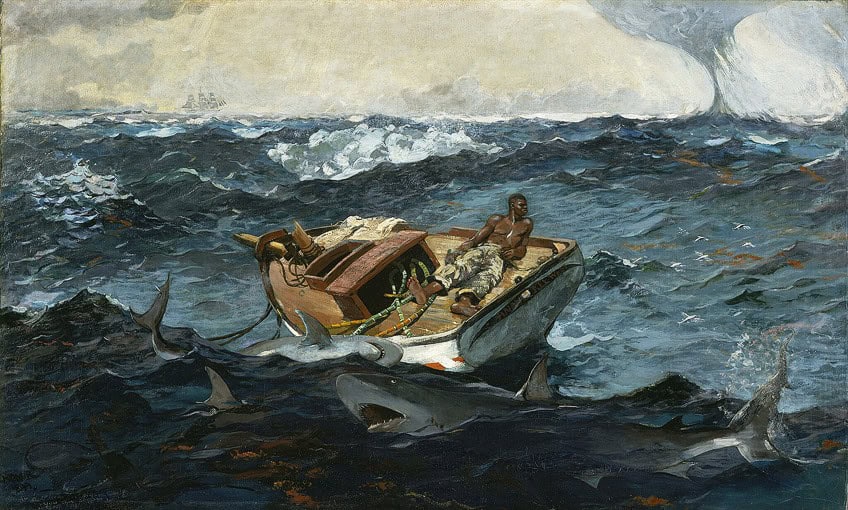
By the late 19th century, Homer had returned to the United States and settled in Prouts Neck, Maine. Here, he produced some of his most famous works, such as The Gulf Stream and Dressing for the Carnival. His paintings from this period are known for their bold use of color and dramatic compositions, capturing the rugged beauty of the American landscape. Homer’s career spanned over five decades, making him one of the foremost American artists of the 19th century. His work continues to be celebrated for its depth, realism, and emotional power.
Analyzing Dressing for the Carnival
Dressing for the Carnival by Winslow Homer is a striking depiction of African American cultural resilience post-Civil War. This painting captures a specific moment in history, characterized by rich texture, vivid colors, and a realistic portrayal of a community’s traditions and struggles.

Subject Matter and Cultural Context
Homer’s painting, created in 1877, portrays African Americans in the South during carnival season. The central figure is involved in preparations for Jonkonnu, a Christmas tradition that combines African and European elements.
By choosing this subject, Homer highlights the cultural endurance of African Americans despite the hardships of the Reconstruction era.
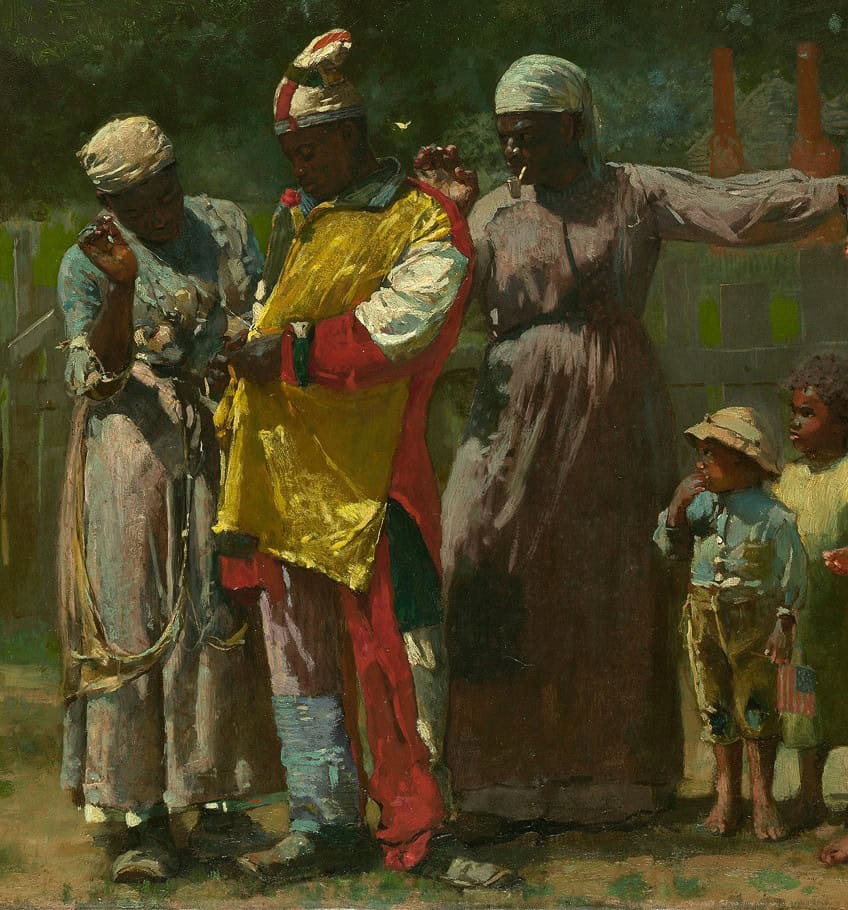
This scene not only represents festivity but also the melding of different cultural backgrounds, illustrating how enslaved people’s traditions survived and adapted post-emancipation. This communal event is depicted with respect, avoiding stereotypical portrayals common in that period.
Use of Color and Texture
Homer employs a vibrant color palette to bring life to the scene. The bright costumes and detailed patterns emphasize the festivity and importance of the occasion. The use of oil on canvas allows for rich texture, giving depth and dimension to the clothing and surroundings.

This textural detail highlights the contrast between the colorful costumes and the more muted background, focusing the viewer’s attention on the figures and their activities. The use of light and shadow further enhances the realism, creating a three-dimensional effect that immerses the viewer in the moment.
Artistic Style and Technique
Homer’s work is a prime example of American Realism. He uses detailed brushwork to create lifelike figures and expressions. This technique captures the emotions and dynamics of the scene effectively. His style avoids overly romanticizing or dramatizing the subject, presenting it in a straightforward yet impactful manner. The careful composition leads the observer’s eye through the painting, from the central figure to the surrounding participants and the setting beyond.
Homer’s attention to detail and commitment to realism make Dressing for the Carnival a significant piece in the history of American art, reflecting both cultural identity and artistic innovation.

Social and Historical Significance
Dressing for the Carnival by Winslow Homer highlights the impact of the Reconstruction era on African American culture. It showcases the resilience and identity of African Americans post-Emancipation as they navigated newfound freedoms and the persistence of societal stereotypes.
Post-Emancipation and Reconstruction
In 1877, during the Reconstruction period, African Americans were adjusting to life after Emancipation. The painting provides a glimpse into this era, reflecting the social transitions and challenges they faced. Reconstruction aimed to rebuild the southern states and integrate freed slaves into society.
Yet, African Americans often confronted discrimination and exclusion, making their cultural expressions during this time particularly significant.
Portrayals of African American Life
Homer’s depiction avoids the stereotypes prevalent in the post-Civil War era. Instead, he presents a respectful and nuanced view of African American life. The painting shows a community preparing for a carnival, highlighting their traditions and celebrations. This portrayal is meaningful as it offers a counter-narrative to the negative depictions of African Americans as social outcasts or lesser citizens.
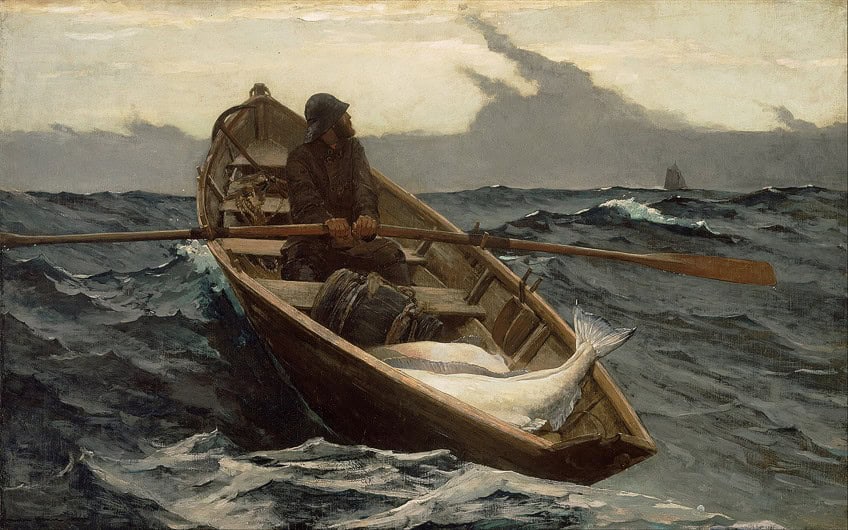
Themes of Liberty and Identity
The themes of liberty and identity are central to Dressing for the Carnival. The characters in the painting are dressed for a festive occasion, possibly a continuation of African traditions like Jonkonnu, which symbolizes freedom and cultural heritage. This celebration of identity and freedom is important, as it underscores the enduring spirit and cultural pride of African Americans during a time of significant social challenges. The painting serves as a testament to their resilience and quest for civil rights.
Dressing for the Carnival by Winslow Homer is a masterful depiction that encapsulates the resilience and cultural vitality of African American communities during the Reconstruction era. Through his detailed and empathetic portrayal, Homer sheds light on the blend of tradition and transformation that characterized post-Civil War America. This painting not only serves as a historical document but also as a testament to the enduring human spirit. Its vibrant composition and poignant subject matter continue to resonate, offering contemporary viewers a window into the complexities and celebrations of a pivotal moment in American history. Homer’s work remains an essential piece for understanding the intersection of art, culture, and social change in the late 19th century.
Frequently Asked Questions
What Is the Significance of Dressing for the Carnival in Winslow Homer’s Body of Work?
Dressing for the Carnival stands out for its thoughtful portrayal of African American subjects in a post-Civil War context. Unlike many of his contemporaries, Homer avoided stereotypes and provided a more respectful and nuanced depiction.
How Does Dressing for the Carnival Reflect the Themes Commonly Found in Winslow Homer’s Paintings?
Homer’s work often focuses on everyday life and the resilience of people facing challenging circumstances. In Dressing for the Carnival, he captures the spirit and endurance of African American culture during a period of significant social upheaval.
What Techniques Did Winslow Homer Employ in Dressing for the Carnival to Convey His Artistic Message?
Homer used a realist approach, employing careful attention to detail and color to bring the scene to life. His use of light and shadow enhances the emotional depth, highlighting the vibrant expressions and intricate details of the characters’ attire.
How Has Dressing for the Carnival Been Interpreted by Art Historians and Critics?
Art historians and critics have praised Dressing for the Carnival for its empathetic portrayal and cultural sensitivity. It has been noted for its historical significance and as an example of Homer’s skill in depicting complex social realities.
Isabella studied at the University of Cape Town in South Africa and graduated with a Bachelor of Arts majoring in English Literature & Language and Psychology. Throughout her undergraduate years, she took Art History as an additional subject and absolutely loved it. Building on from her art history knowledge that began in high school, art has always been a particular area of fascination for her. From learning about artworks previously unknown to her, or sharpening her existing understanding of specific works, the ability to continue learning within this interesting sphere excites her greatly.
Her focal points of interest in art history encompass profiling specific artists and art movements, as it is these areas where she is able to really dig deep into the rich narrative of the art world. Additionally, she particularly enjoys exploring the different artistic styles of the 20th century, as well as the important impact that female artists have had on the development of art history.
Learn more about Isabella Meyer and the Art in Context Team.
Cite this Article
Isabella, Meyer, ““Dressing for the Carnival” by Winslow Homer – An Analysis.” Art in Context. July 2, 2024. URL: https://artincontext.org/dressing-for-the-carnival-by-winslow-homer/
Meyer, I. (2024, 2 July). “Dressing for the Carnival” by Winslow Homer – An Analysis. Art in Context. https://artincontext.org/dressing-for-the-carnival-by-winslow-homer/
Meyer, Isabella. ““Dressing for the Carnival” by Winslow Homer – An Analysis.” Art in Context, July 2, 2024. https://artincontext.org/dressing-for-the-carnival-by-winslow-homer/.


